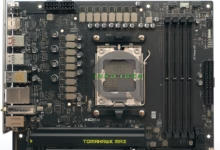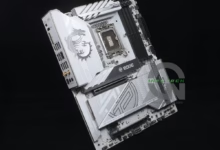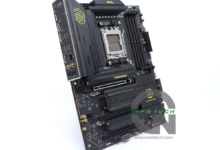
If you are considering the implementation of machine vision integration into your manufacturing environment, you are probably eager to know what it takes to integrate it into your operation. There are several key components to understand, including Optical system selection, Data acquisition, Robotic bin-picking processes, Image analysis algorithms, and AI-powered vision processing. Each of these components will impact your ability to achieve your objectives, so you must understand them before deciding.
Data acquisition process
Data acquisition is an essential component of machine vision integration. It helps remove noise and extract specific features of an image. Ultimately, these granular details help intelligent systems identify and categorize what they see.
The data acquisition process involves several sub-processes dependent on the system’s functionality. A well-executed system will generate useful data for intelligent decisions.
A data acquisition system is a collection of electronic hardware and software that is used to transform analog signals into digital values. Some of the components found in a system include signal conditioning circuitry, analog-to-digital converters, and specialized hardware that translates these values into a single digital form that a computer can analyze.
In addition to these components, a data acquisition system typically consists of a solid-state hard disk drive that streams the data from the ADC subsystem. Additionally, a well-executed plan will feature a real-time control system.
Optical system selection
The optics of a machine vision system are crucial. This includes the lens, the camera, and the lighting source. To be effective, each component requires a combination of precision and accuracy.
The best way to do this is to consult with a qualified optical engineer. An expert will help you choose the right lenses for your machine vision application.
Lens selection is a complex process. There are many tradeoffs to be made. For example, you can go with an off-the-shelf solution, or you can choose to design your own. However, opting for a custom lens can lead to increased complexity and a higher cost.
One of the best ways to select the correct optics is to look at the MTF of the lens. These curves illustrate the optical performance of the component.
Image analysis algorithms
Machine vision integration involves using image analysis algorithms to analyze a digital image. The objective is to recognize a particular object. These image analysis algorithms can be used in a variety of applications.
For example, adaptive thresholding can be used to segment pixels based on the intensity of each pixel. It is commonly used in video processing but can also be applied to geospatial images.
Viola-Jones was one of the first image analysis algorithms to be used for computer vision. This algorithm uses edge features and other Haar-like features to detect and identify a specific object in an image.
Another useful image analysis algorithm is the graph cut algorithm. It divides an image into foreground and background segments. Since it has a low error rate, it can be used to handle large, unknown regions. However, it cannot process complex shapes.
AI-powered vision processing
Machine vision processing can be used for a variety of applications. Its use has increased significantly in recent years. In particular, it’s increasing in industrial automation environments.
Machine vision is a field of artificial intelligence that helps computers recognize visual data. A computer’s capability to interpret visual input can help make decisions more quickly and efficiently. These systems can be used to inspect objects, check for defects, and detect diseases.
AI-powered vision machine can detect materials’ flaws before they fail. This allows for preventive repairs and maintenance. Additionally, it can ensure workers wear the correct safety equipment.
Many businesses are looking to automate their processes. AI-based vision applications improve processes and result in higher-quality products.
Robotic bin-picking processes
Many manufacturing and e-commerce companies use robotic bin-picking solutions to automate material handling. This is a useful method to reduce human errors and ergonomic risk while increasing productivity. It is also a cost-effective solution to repetitive tasks.
A bin-picking system uses a camera and a sophisticated vision system to detect and recognize parts within a bin. The vision system enables the robot to perform various pick and place functions.
Machine vision is a powerful tool that can make manufacturing processes more efficient. This is especially true in bin picking, where consistent light sources are crucial.
However, bin-picking is a challenging task for a robot. A properly designed system is essential to achieve a fast process. Robotic bin picking requires high computing power, a reliable vision system, and avoiding obstacles.
Do you think you have other ideas about Understanding Machine Vision Integration, 5 Ultimate Key Components to Understand? You can comment below or discuss more related to “Understanding Machine Vision Integration, 5 Ultimate Key Components to Understand” in the CnwinTech Forum. Also, read more articles about Insurance Tech, Insurance Business Investment, or other exciting tech tips and tricks at CnwinTech.
Want to have a capable desktop PC at an affordable price for multitasks, playing games, and working? Check out and visit our store below!










